High School Big Shot stands as an unvarnished, economical specimen of mid‑century American crime melodrama, a film noir movie that folds juvenile recklessness and adult compromise into a tight 69‑minute package. Directed and written by Joel Rapp, produced by Stanley Bickman and financed by Roger Corman, the film pairs the world of high school ambition with the dark circuits of criminal enterprise. In doing so it becomes less a glossy thriller and more a cautionary tale—one that reads like a short, bleak fable about aspiration thwarted by poverty, manipulation, and the easy corruption of desperate men. This critic approaches the film as an artifact of its time: part noir sensibility, part teenage tragedy, and entirely indicative of low‑budget American filmmaking in the late 1950s.
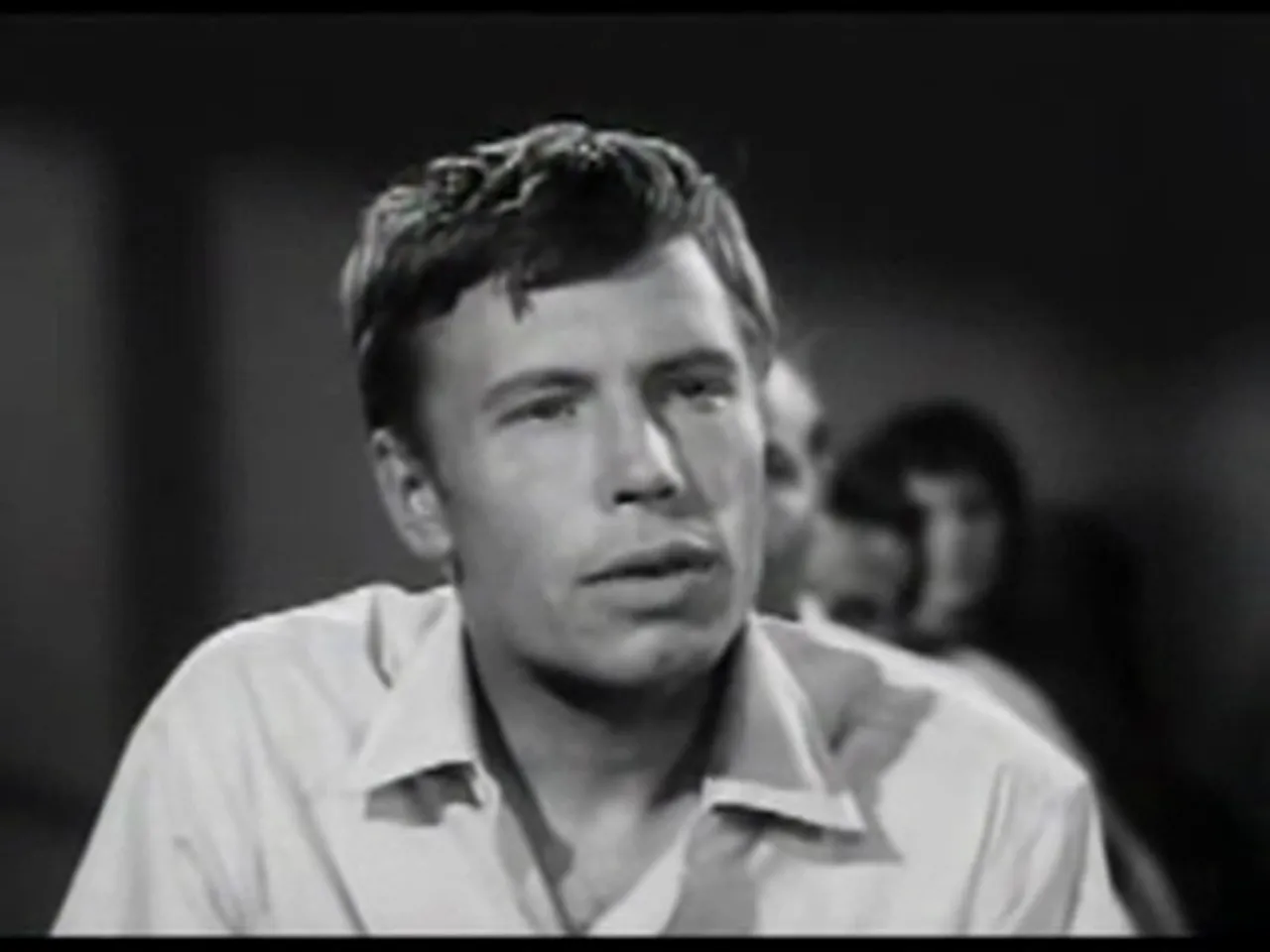
Outline
- Context and Production Background
- Concise Plot Summary
- Principal Characters and Performances
- Stylistic Elements: Film Noir Traits and Visuals
- Music, Pacing, and Editing
- Thematic Threads: Poverty, Masculinity, and Moral Compromise
- Reception, Legacy, and Cultural Afterlife
- Why Modern Viewers Should Revisit This film noir movie
- Conclusion: The Film's Place in Noir and Juvenile Delinquent Cinema
Context and Production Background
High School Big Shot was filmed in 1958 under the working title Blood Money and released in 1959, a period when American cinema was experimenting at the margins—low budgets, quick schedules, and a tendency to blend genres. Producer Stanley Bickman and financier Roger Corman positioned the picture within a double‑bill context, typical for the time: it was issued by Filmgroup and released alongside T‑Bird Gang. Corman’s involvement, while modest, is important; he was known for spotting talent and for an economy of production that foregrounded immediacy over polish. This film noir movie benefits and suffers equally from that approach.
Joel Rapp’s dual credit as writer and director stands out. The screenplay hinges on a moral pivot so frequently used in noir — a desperate man, an illicit sum of money, and a scheme that collapses under its own ethical weight. Rapp’s script compresses the arc into a brisk runtime: Marv Grant, a promising adolescent, sees his future collapse not through grand cosmic irony but through small betrayals and intimate desperation. That compression produces a certain austere intensity; it is the hallmark of a film noir movie that would rather show consequences than explain them.
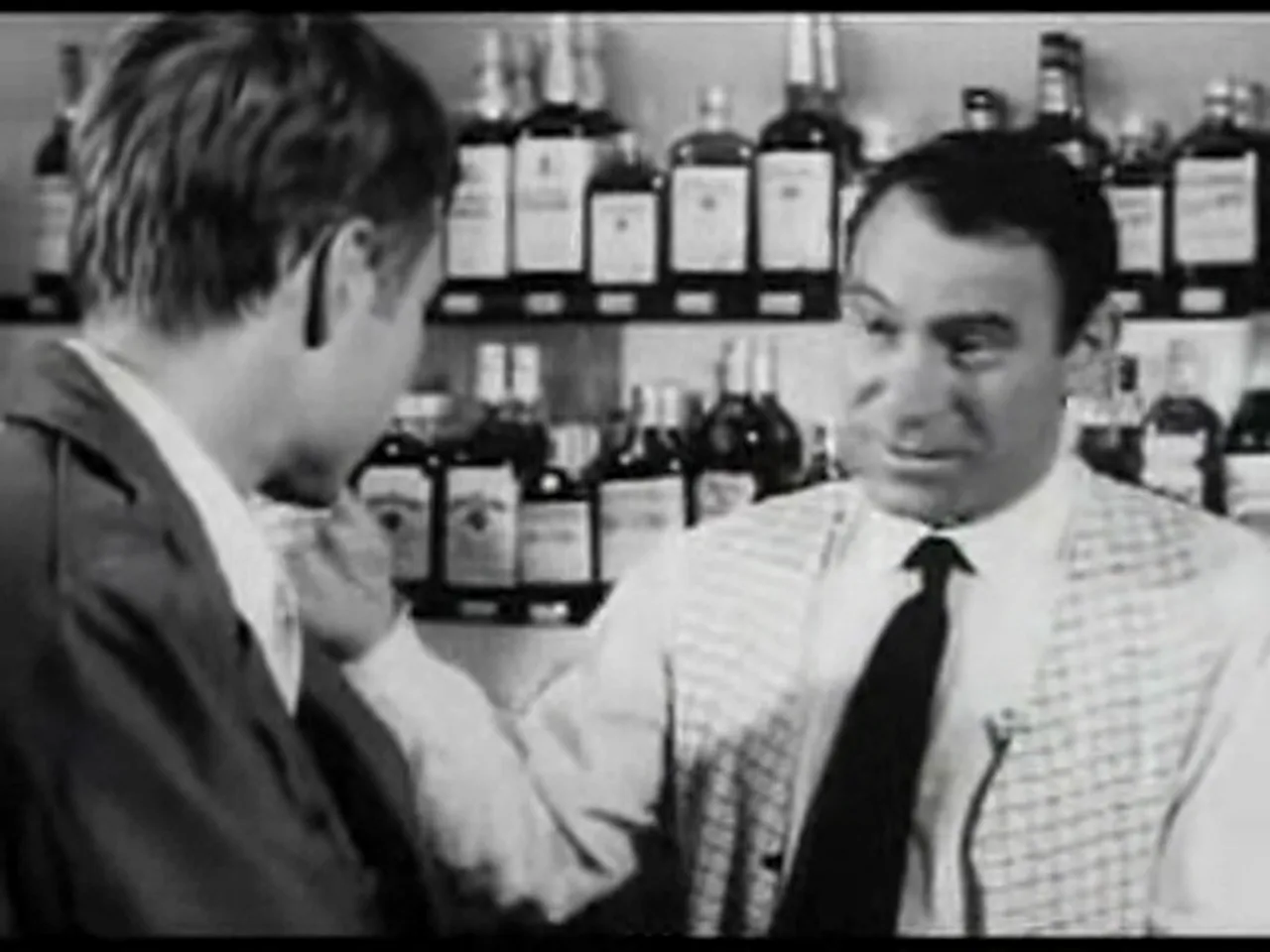
Concise Plot Summary
The narrative is simple and relentless. Marv Grant is a bright high‑school student from a ravaged domestic environment: a deadbeat, alcoholic father and an unstable household that limits his prospects. When Marv begins dating Betty Alexander, the most popular girl in school, his hopes are complicated by her pragmatism and her willingness to use him. Betty manipulates Marv into writing her term paper; when the deception is discovered, their teacher withdraws his scholarship recommendation for Marv and fails Betty. The stakes could not be cruder or more immediate: without the scholarship Marv’s college plans evaporate, and so too does his promise of upward mobility.
At the docks where Marv works part‑time, he overhears a plot involving a million dollars in cash — money connected to a shipment of heroin. Seeing a singular solution to his humiliation and his father’s financial shame, Marv recruits Harry March, a veteran safecracker, and Sam Tallman, Harry’s brother‑in‑law, to steal the cash while it is temporarily stored in a warehouse safe. The plan, laid out with cold arithmetic, seems feasible: a brief window between watch changes, a practiced hand on the safe, and ten minutes to come and go.
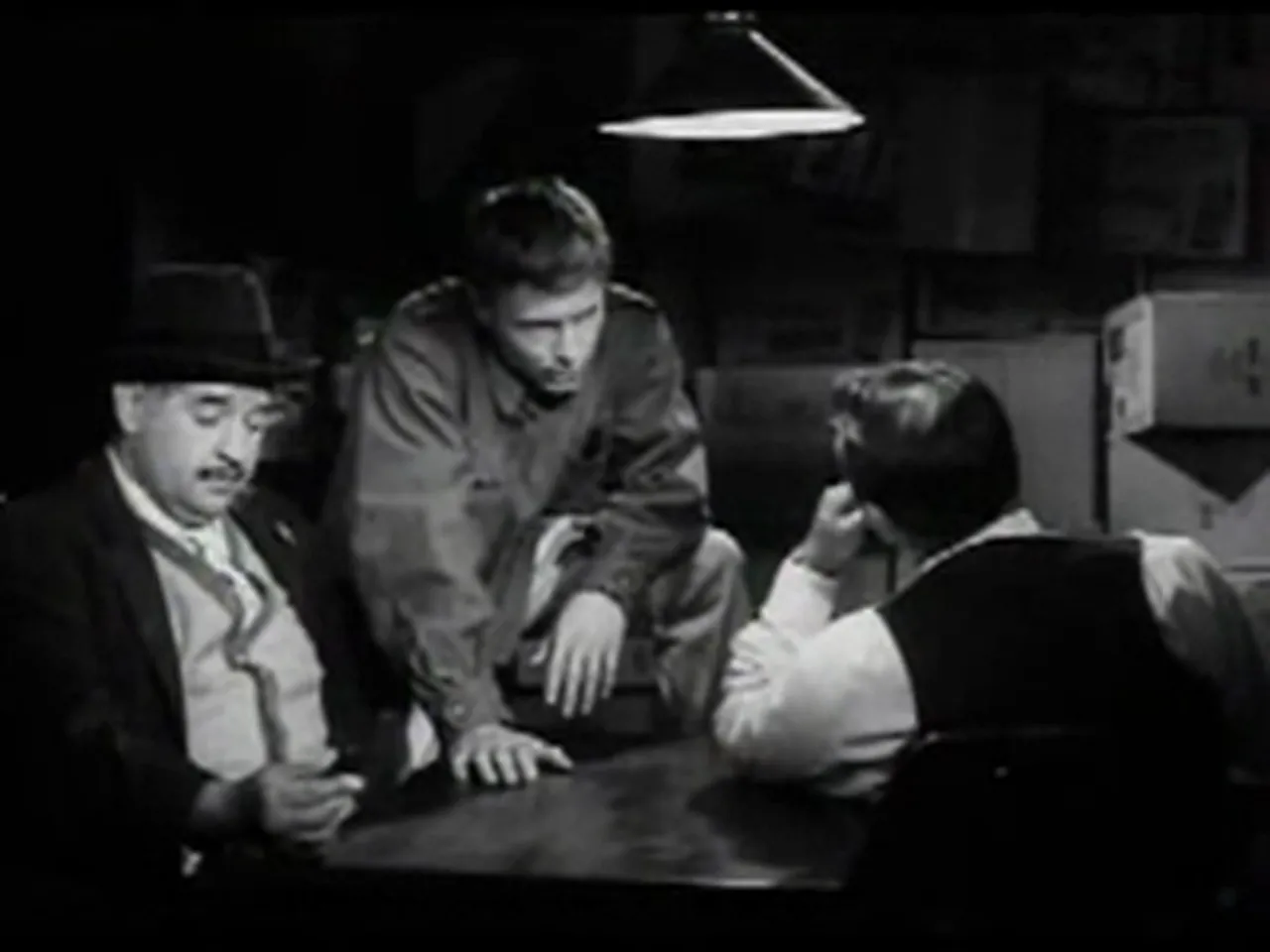
Everything unravels with human predictability. Vince, Betty’s ex and a small‑time thug, learns of the scheme and organizes his own gang, intent on robbing Marv’s crew after the theft. The robbery itself succeeds — the million is taken — but greed and cowardice tear the group apart. Members turn on one another; shots are fired; Sam is killed by Vince in a moment that horrifies the thieves. Betty arrives and is also killed by Vince. The drug dealers arrive and open fire, killing Vince. The money spills into the water, and Marv along with the surviving criminals are arrested. Like the best film noir movie endings, the outcome is both inevitable and morally diffuse: no one emerges unscathed, and the original wrong—a society that leaves boys without choices—remains unresolved.
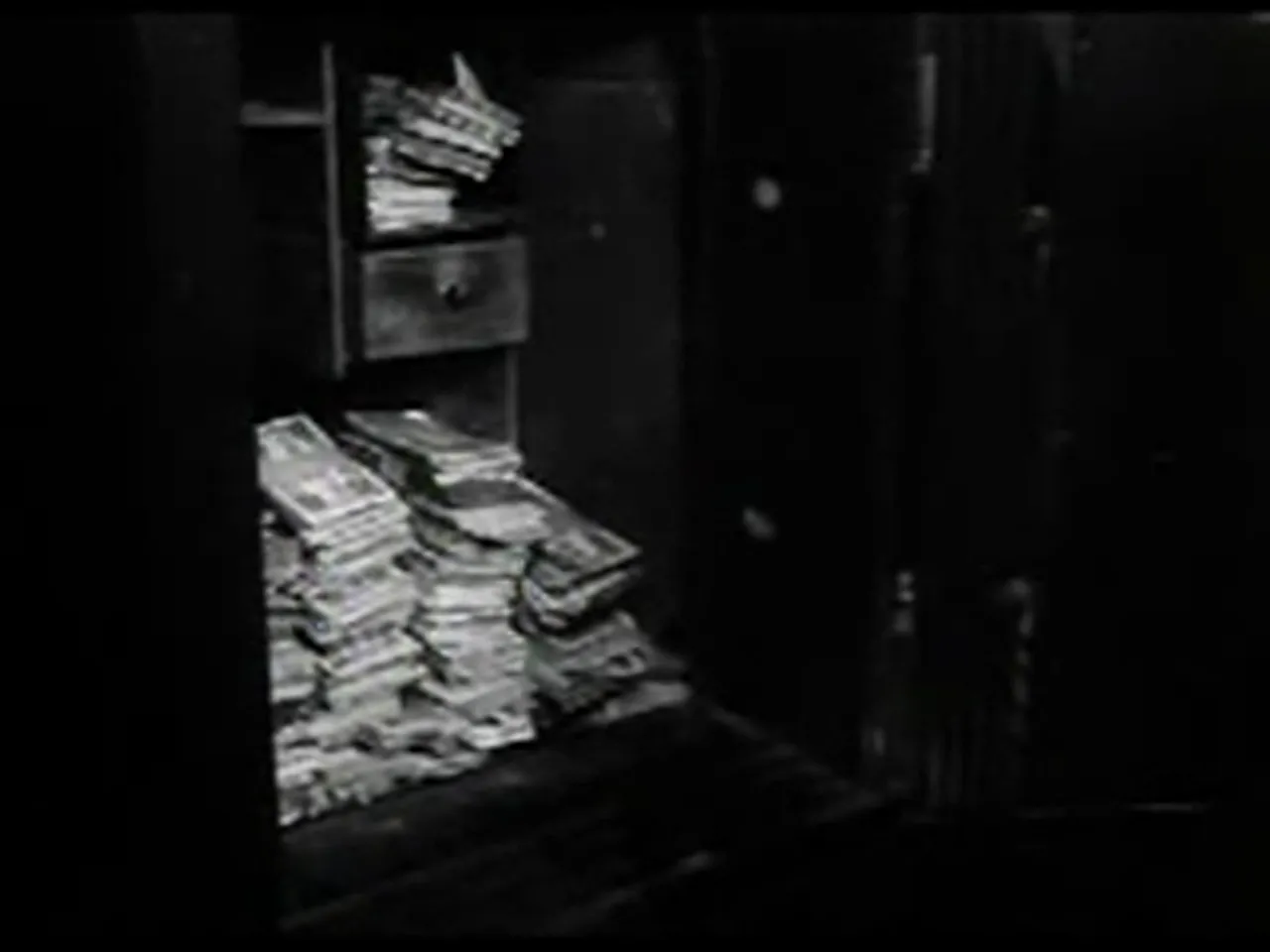
Principal Characters and Performances
Tom Pittman gives Marv Grant a slender, brittle performance that benefits from the actor’s fragility. Marv is intelligent and well‑meaning, but thinly armored against disappointment. Pittman renders this vulnerability without melodrama: a closed, simmering desperation that makes the choices he makes comprehensible even when they become catastrophic. The performance is the emotional fulcrum of this film noir movie.
Virginia Aldridge’s Betty is the efficient, ambiguous figure so common in noir adjacent narratives. She is partly an object of desire and partly an architect of manipulation; Aldridge resists caricature and gives Betty an edge of impatient self‑interest. The character’s decisions are transactional, and Aldridge cues that transactional logic with a coolness that is at times unsettling: she is not a femme fatale in the classic sense, but she is a catalyst of ruin.
Stanley Adams as Harry March and Louis Quinn as Samuel Tallman provide the seasoned criminal counterpoint. Adams’s Harry is the professional: matter‑of‑fact, practical, and confident in his craft. Quinn’s Sam is world‑worn, a man with small adjustments of conscience but little hope of redemption. Malcolm Atterbury’s Mr. Grant, the father, embodies a worn domestic pathos; his alcoholism and the film’s depiction of his emasculation are crucial to understanding Marv’s motivation. Howard Veit’s Vince represents the small‑time bully who becomes lethal under pressure. Each actor contributes to the film noir movie atmosphere by offering believable, archetypal performances rather than showy turns.
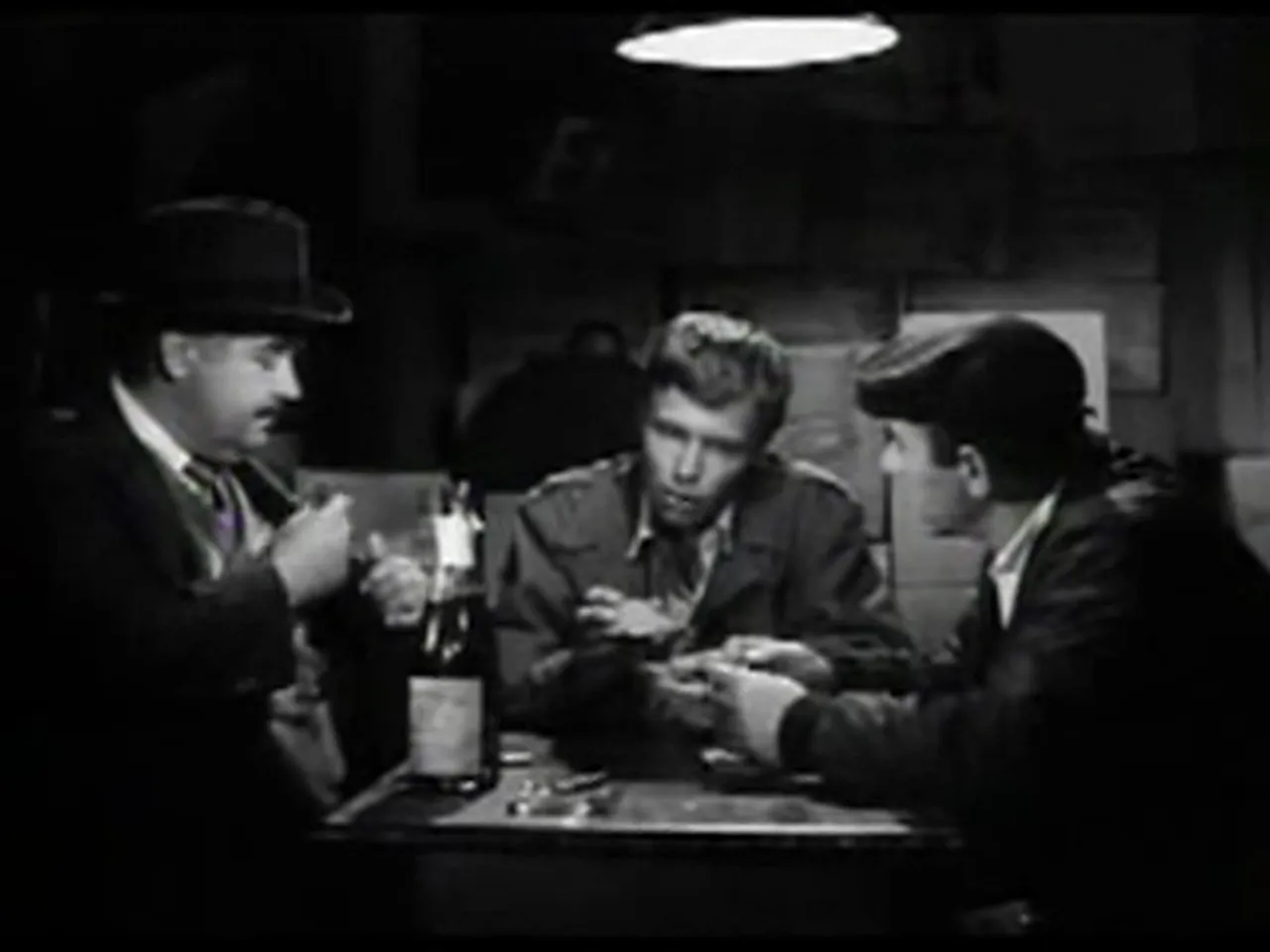
Stylistic Elements: Film Noir Traits and Visuals
To call High School Big Shot a film noir movie is not to suggest it mimics the high‑contrast chiaroscuro of 1940s classics; the movie is too modest and too tied to naturalistic settings for that. Instead, it adopts noir’s moral palette: fatalism, compromised protagonists, urban backdrops, and the sense that fate is less a force than the sum of bad choices. There is a pervasive mood of duskiness and edge — alleyways, dim warehouses, smokey bars — that functions as a visual shorthand for the moral murk. Cinematographer John M. Nickolaus Jr. frames interior spaces with claustrophobic economy: the dock office, the safe room, and the cramped apartment are shot to emphasize entrapment rather than glamour.
The film noir movie sensibility is further reinforced by the script’s structural choices. The heist is described with efficient, almost documentary clarity — time windows, watch changes, and alarm response times are laid out in a way that mirrors heist cinema but lacks the pomp and procedural fetishism of higher‑budget films. When the plan collapses, it does so because of human weaknesses — impatience, greed, jealousy — not because of outside forces. That internal collapse is noir’s signature: characters undone by character rather than by plot contrivance.
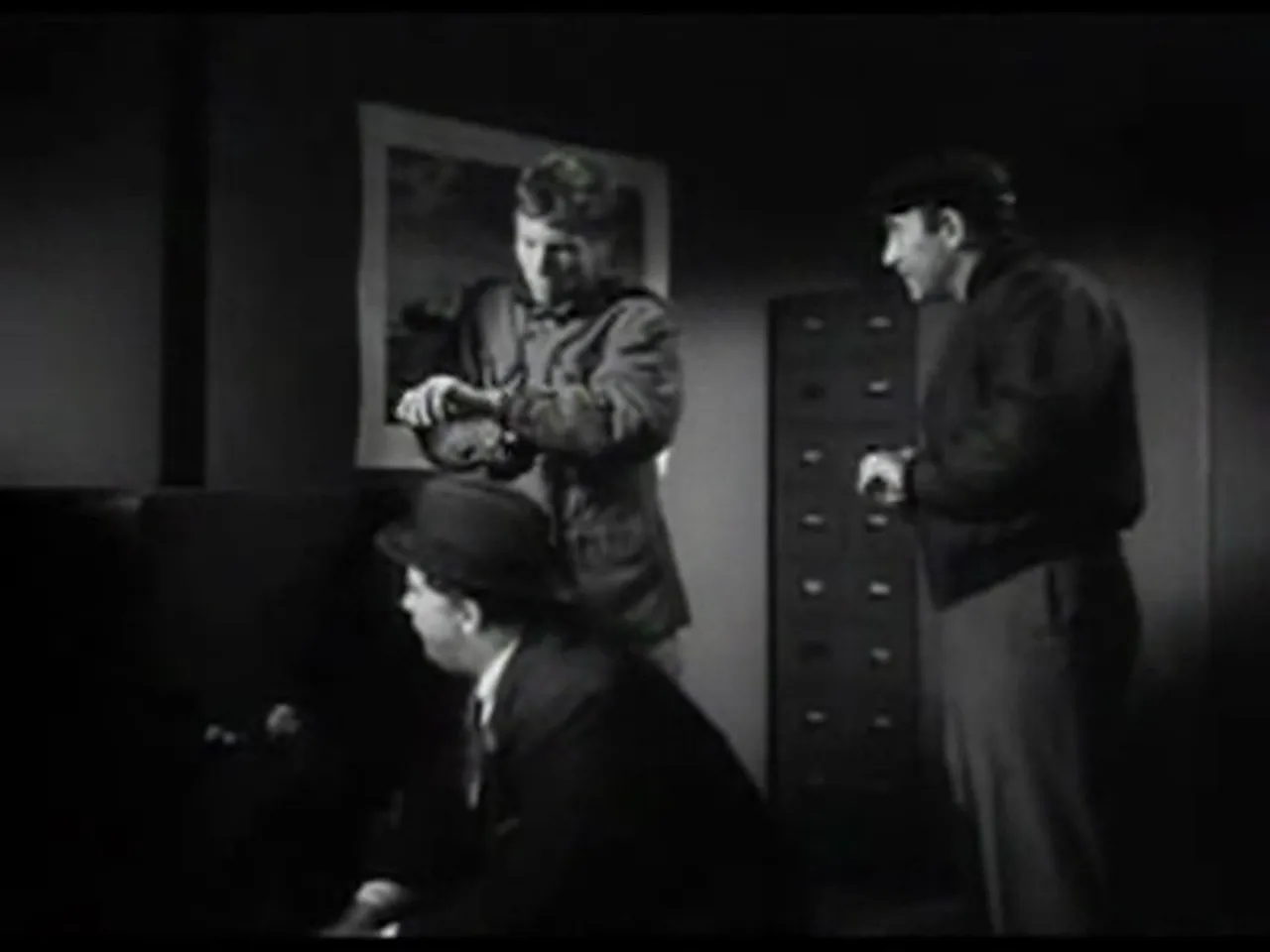
Lighting and Set Design
Rather than stylized studio lighting, the movie employs low‑budget realism: practical lights, harsh day interiors, and the contrast of cold waterfront nights against small, overheated rooms. These choices give the film noir movie an immediacy. The warehouse, in particular, is staged as a mechanical, bureaucratic space that is both mundane and sinister — a place where a million dollars can sit, unprotected, because the people who own it are themselves criminals who cannot afford the institutional protections of legitimate wealth.
Costume and Social Signifiers
Costuming is plain but telling. Marv’s threadbare suits and his father’s rumpled clothes visually communicate economic stress. By contrast, Betty’s neat style signals social capital and acceptance within the school hierarchy. The film uses these social signifiers to keep the audience aware of how class and aspiration influence behavior, a key feature of the film noir movie’s social observation.
Music, Pacing, and Editing
Gerald Fried’s score underscores tension without becoming intrusive. In a film noir movie where budget limits what can be shown, music must do more; Fried provides a compact palette of cues that lean on dissonant motifs and simple orchestral hits. These cues punctuate key moments — the discovery of the cash, the confrontational scenes, the escape attempt — and elevate them beyond what the visuals alone might achieve given the limited resources.
Editor Carlo Lodato keeps the narrative taut. Shots are rarely indulgent; scenes move forward with a functional energy. The heist sequence is edited to emphasize timing: the viewer feels the pressure of ten minutes to open the safe and ten minutes to leave. Such editorial discipline is necessary for any successful film noir movie that aspires to create suspense on a small canvas. Lodato does not sculpt long set‑pieces; instead he assures the tempo does not slacken, making the film’s compact runtime feel full rather than rushed.
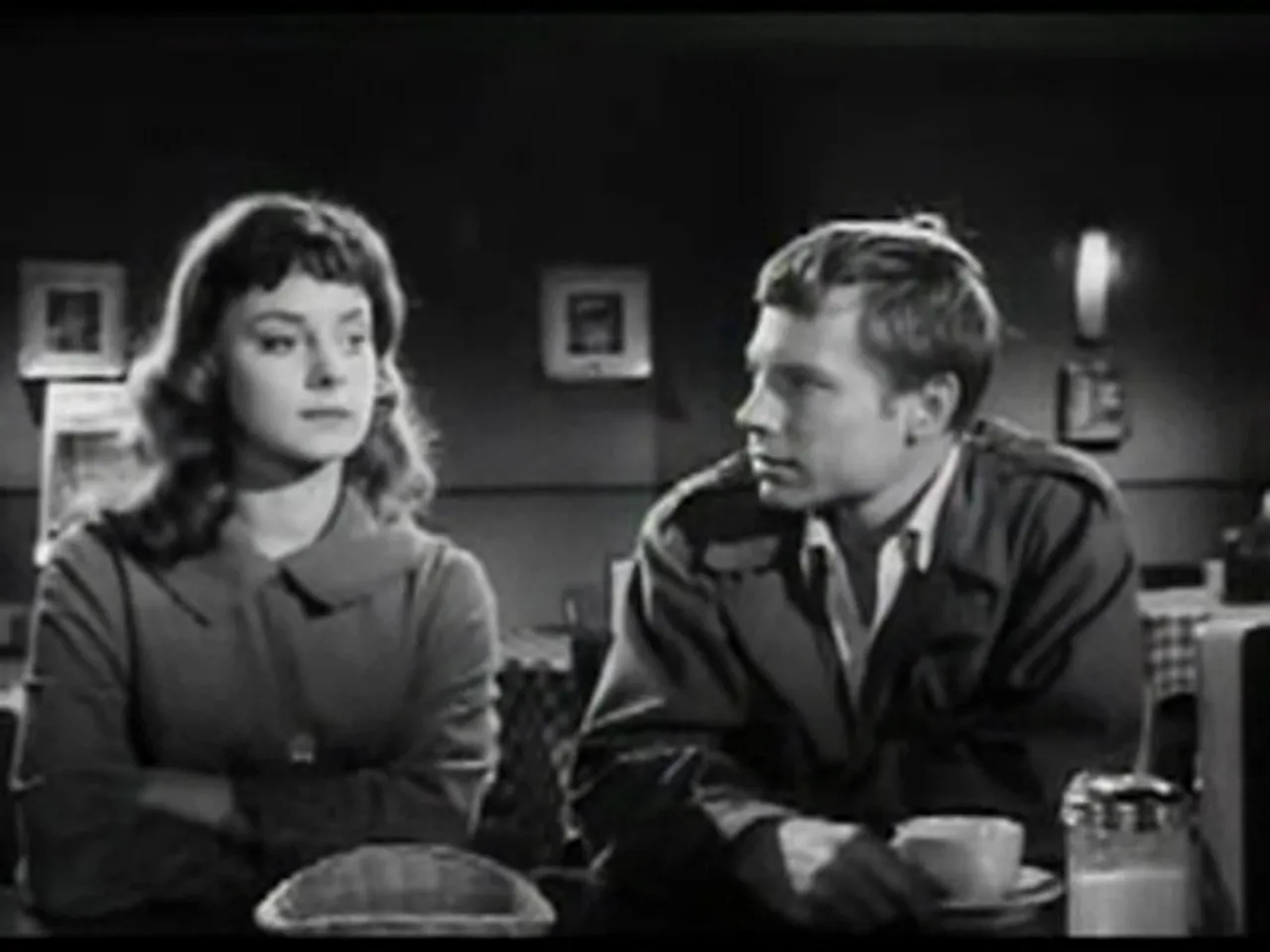
Thematic Threads: Poverty, Masculinity, and Moral Compromise
High School Big Shot operates like a moral microcosm. At its center is a young man whose upward mobility depends on meritocracy that the world will not deliver. The film noir movie here is one shaped by socio‑economic determinism: schooling and intelligence are not enough when familial obligations and social hierarchies weigh heavier. Marv’s choices are motivated by a combination of shame and alchemy — transforming illicit money into social power (college, marriage, status). The moral compromise he enters is presented not as a single ethical failure but as an accumulation of structural failures.
Masculinity is another prominent theme. Male roles in the film are delineated through defeat and aggression. Marv’s father embodies passive failure; Vince is aggressive and predatory; Harry is professional and resigned; Sam is complicit but not fully corrupted. The film noir movie framework allows for an interrogation of what it means to be a man when conventional avenues to respectability are blocked. For Marv, theft becomes a form of reclamation, however illusory.
Betty’s role complicates the moral axis. She is not merely a prize; she is an active agent who manipulates and chooses. Yet the film does not fully demonize her, nor does it grant her full agency as a moral actor with ultimate consequences. Instead, she participates in a social bargain: marriage and security for the benefit of men with greater social capital. Her fate — killed in the violent unraveling — is consistent with noir’s bleak code, wherein all characters are subject to the calculus they help set in motion.
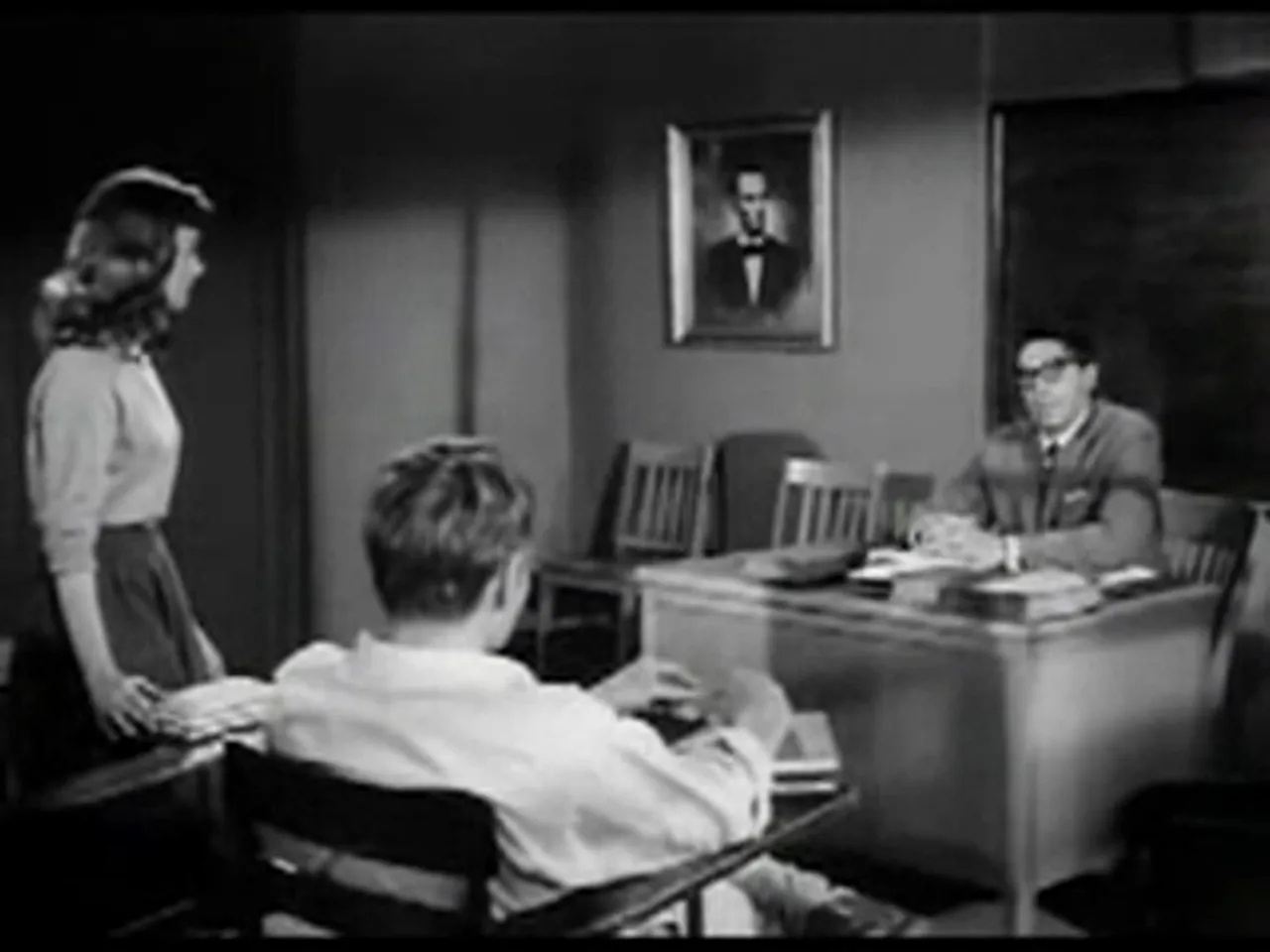
Reception, Legacy, and Cultural Afterlife
When it was released in 1959, High School Big Shot did not make a splash as a major critical triumph. It functioned as a double‑feature filler and as an economical, gritty entertainment. Yet its cultural afterlife has been peculiar: it was later selected for inclusion in the satirical television series Mystery Science Theater 3000 (episode #618), a sign that the film’s aesthetic and production values, along with its earnestness, make it ripe for ironic reconsideration.
Roger Corman’s contribution to the film’s existence is significant. Corman financed the picture and believed in the lead performance of Tom Pittman, an endorsement that reflects Corman’s knack for spotting raw talent. The film’s modest pedigree—short runtime, low budget, quick shooting schedule—typified the kind of independent cinema that sustained many filmmakers who would later become influential. Viewed as a piece of the larger film noir movie tapestry, it represents a branch of noir that intersected with juvenile delinquent cinema: moral pessimism partnered with youth culture anxieties.
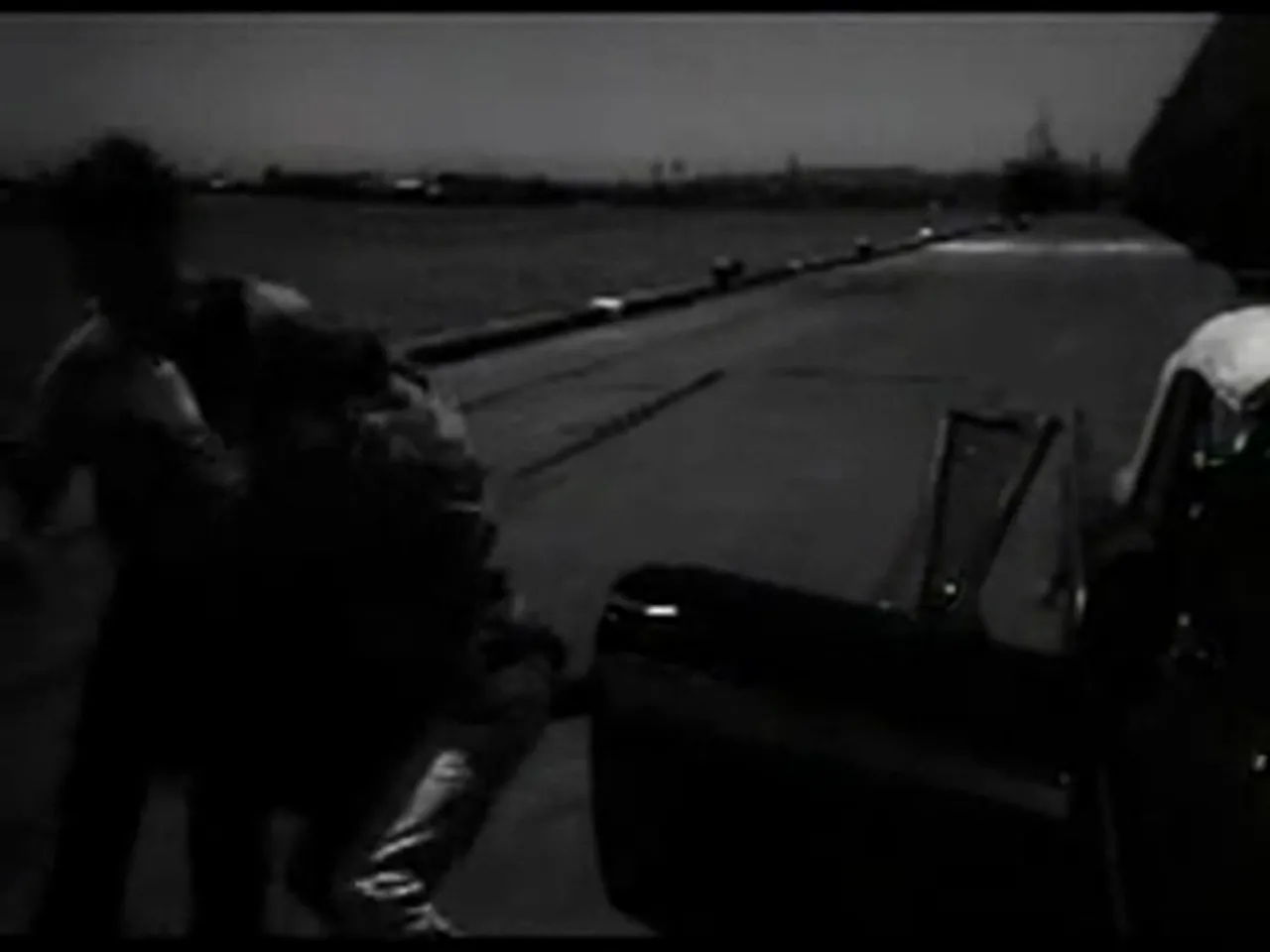
Why This film noir movie Matters: A Critical Argument
High School Big Shot offers a compelling argument for why small films can matter. It is not a masterpiece; it does not possess the visual panache of a Wilder or the moral poetry of a classic noir. Yet as a case study it is rich. The movie demonstrates how noir’s themes—economic desperation, moral ambiguity, and the interplay of fate and choice—translate when placed in the body of a young man trying to escape his social coordinates. This is noir refracted through adolescence: the stakes feel immediate, and the language is less stylized, more raw.
The film is also a study in cause and effect. The inciting incident—withdrawal of a scholarship recommendation—might seem small, but Rapp shapes a narrative that treats it as a tipping point. The decision to steal is not the result of some grand design; it is a patchwork solution to a series of humiliations. This is what makes the film noir movie lens useful: black and white moralities dissolve when poverty and pride are in the same room.
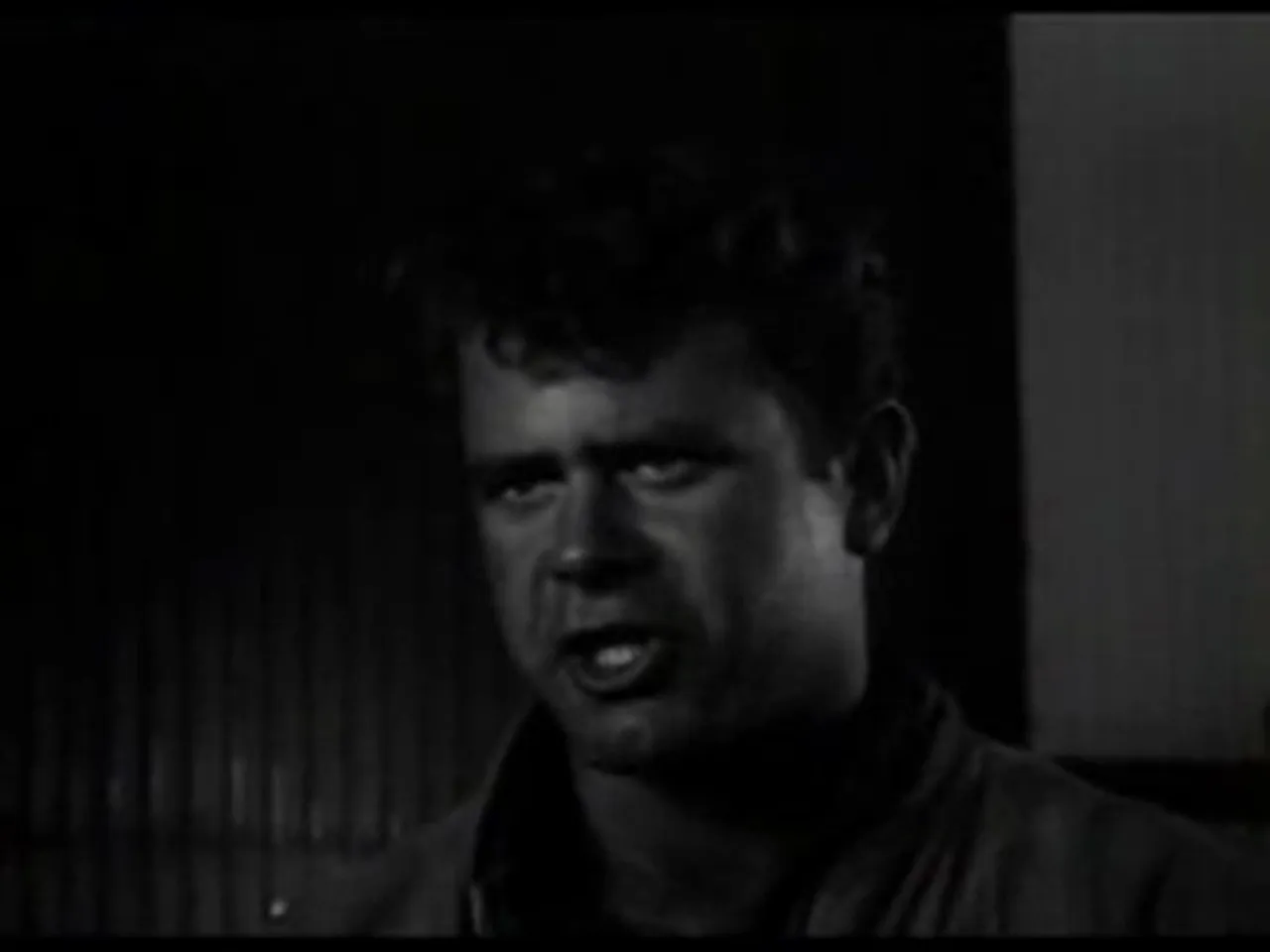
Comparative Notes: Where It Sits Among Noir and Juvenile Films
Place High School Big Shot beside landmark film noir movies and you will see the differences: it lacks the operatic fatalism and the visual élan of mid‑forties noir. Place it beside 1950s juvenile delinquent films—Rebel Without a Cause, The Wild One—and its focus on a young man’s collapse seems better aligned. Yet its plot mechanisms, criminal milieu, and moral fallout are unmistakably noir. The film therefore sits at an intersection: less polished than classic noir, more downbeat than most teen melodramas, and historically valuable for that hybridization. For students of genre, this cross‑pollination is fertile ground.
Technical and Practical Considerations for Today’s Viewer
Modern viewers approaching this film noir movie should adjust their expectations. The production values are modest: sets are plainly dressed, extras are minimal, and the camera work is often serviceable rather than striking. But those limitations become strengths when one appreciates the film’s directness. The editing and score keep the story moving; the performances feel lived in rather than theatrical.
Because the film’s emotional center is Marv, viewers should pay attention to subtle cues—a look, a hesitation, a silence—that reveal inner fractures that the script cannot exactly name. The supporting roles are also worth focusing on: the professional ethic of Harry March and the weary resignation of Sam Tallman provide counterweights that make the film noir movie’s moral collapse more legible.
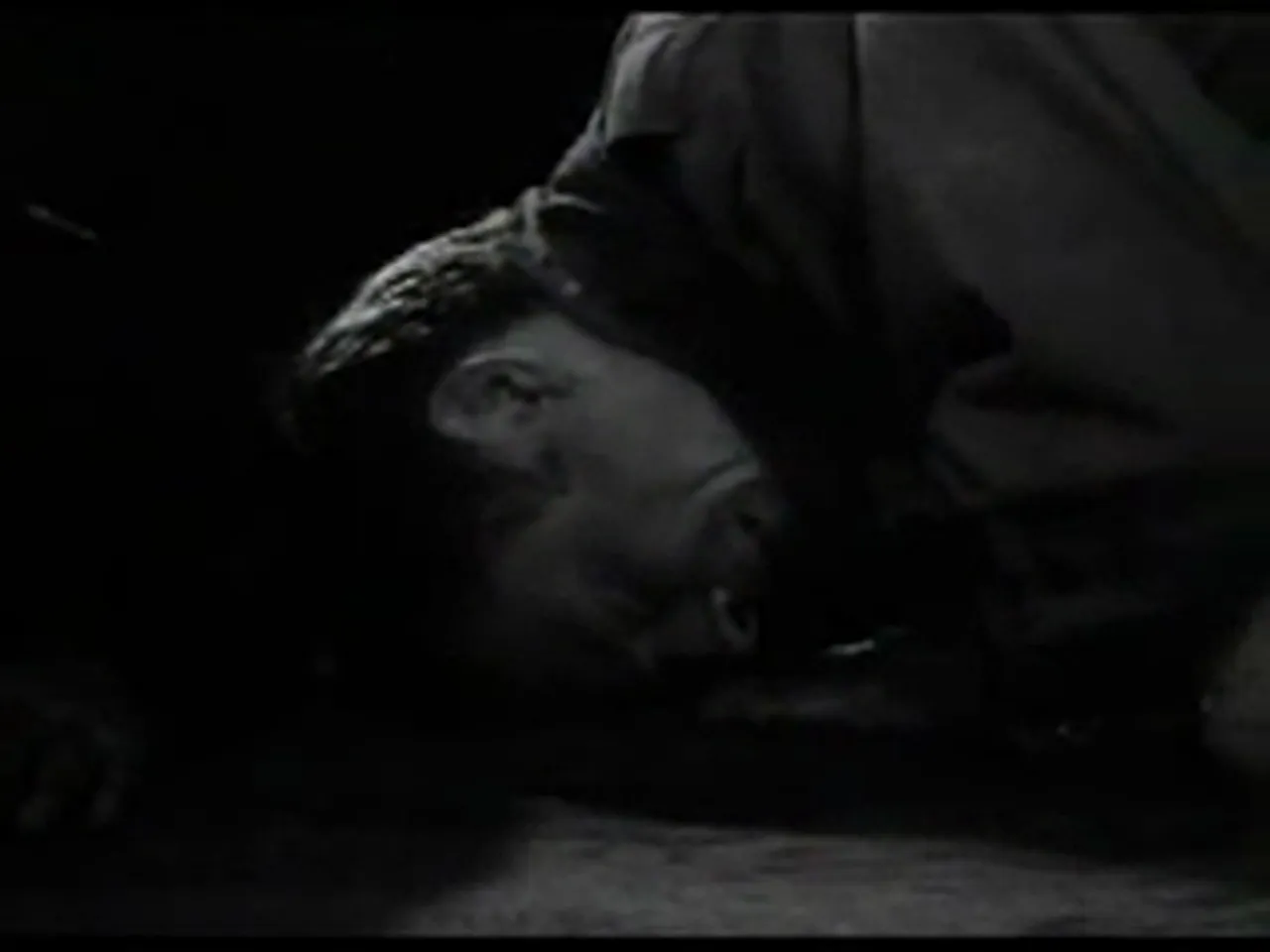
Concluding Critique: The Film's Place in Noir Canon and Its Continuing Resonance
High School Big Shot will not change the critical canon. It lacks the formal ambitions and thematic density of seminal film noir movies. Yet it does something arguably more interesting: it transposes noir’s moral arithmetic onto the lived realities of postwar youth. The film demonstrates how easily aspiration can be corrupted when social mobility is blocked and when personal pride meets systemic indifference. The result is a small‑scale tragedy whose bleakness is less about melodrama than about how quotidian choices generate catastrophic outcomes.
That makes it enduringly relevant. In any era where economic precarity collides with youthful expectation, the film’s portrait of a boy pushed to the margins feels contemporaneous. The movie invites viewers to ask whom society has failed, and whether criminality is a symptom of personal vice or structural neglect. For that reason, High School Big Shot functions as a minor but meaningful entry in the film noir movie lineage: not because it redefines the genre, but because it applies the genre’s moral vision to a specific and sympathetic human situation.
Final Thoughts and Viewing Recommendations
For cinephiles, historians, and fans of genre hybridity, High School Big Shot is worth a look. It provides an instructive example of how noir tropes operate in low‑budget independent filmmaking and how juvenile delinquent narratives of the 1950s could be recast with criminal urgency. Watch it for Tom Pittman’s quietly persuasive lead performance, for Joel Rapp’s economical storytelling, and for the film’s concise, bitter finale. Taken together, these elements offer a compact lesson on how desperation and design can make a moral catastrophe feel inevitable—a hallmark of any effective film noir movie.
When approaching High School Big Shot, accept its limitations and savor its strengths: the spare production, the moral lucidity, and the murky social realism. The film will not comfort, but it will compel thought. It is a small film with a big lesson: in noir as in life, desperation often arrives in incremental steps, and the most consequential decisions are sometimes the ones made in the quietest rooms.
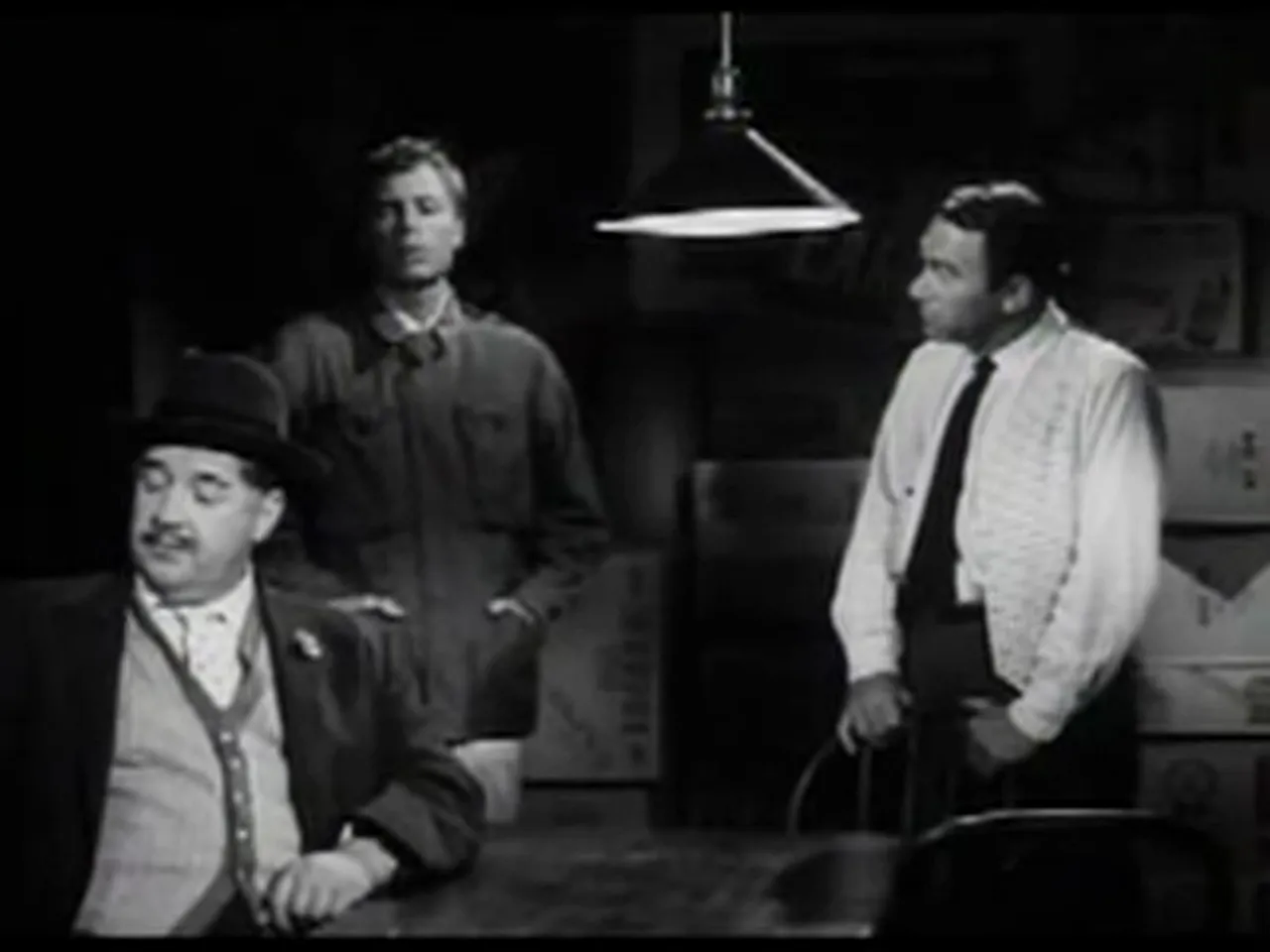
Credits and Sources
- Director and Writer: Joel Rapp
- Producer: Stanley Bickman
- Starring: Tom Pittman (Marv Grant), Virginia Aldridge (Betty Alexander), Howard Veit (Vince Rumbo), Malcolm Atterbury (Mr. Grant), Stanley Adams (Harry March), Louis Quinn (Samuel Tallman)
- Cinematography: John M. Nickolaus Jr.
- Music: Gerald Fried
- Running Time: 69 minutes
- Release Date: June 21, 1959
This critical overview relies on primary film observation and verified production details to situate High School Big Shot within the broader context of noir‑adjacent cinema and juvenile delinquent drama. For viewers seeking a concise, morally thorny film noir movie that trades spectacle for sober consequence, Joel Rapp’s compact drama remains an instructive and affecting artifact.
